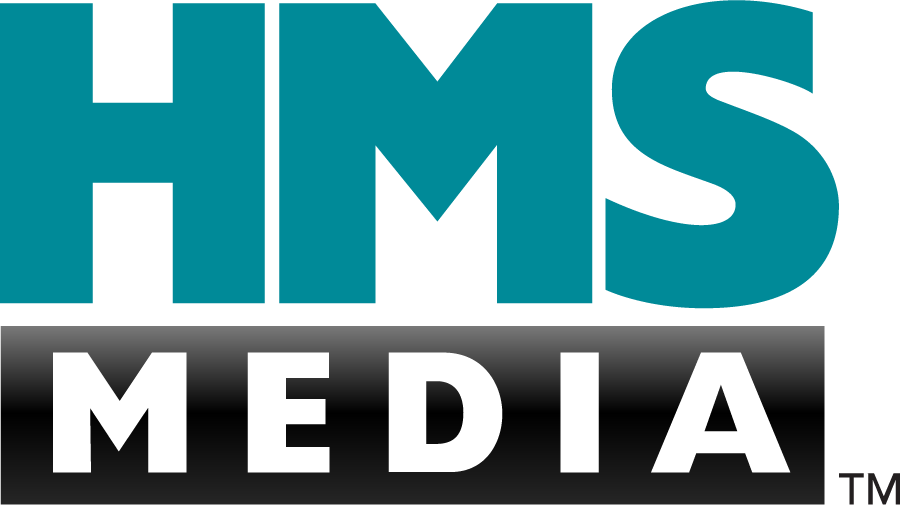How Public Television Changed Our Lives, Pt. 1
HMS Media's "Why Am I Hiding" makes history and demonstrates the power of partnering with public television
Before the Emmys and the national broadcasts, before our camera crews raced through theaters on tech days and producers and editors huddled in edit suites, there were two summer camp pals starting a fledgling little production company called HMS Media—and there was WTTW, a public television station willing to take a chance on two unknowns with a story they believed needed to be told.
That story became HMS’s first documentary, Why Am I Hiding. It aired on WTTW in September 1989—and, as far as anyone can tell, was the first broadcast special to focus exclusively on the lived experiences of sexual assault survivors.
We didn’t know that’s what we were creating. We didn’t even know we were making a documentary. Why Am I Hiding started as a volunteer project—an educational video for Rape Victim Advocates, offered in place of a charitable donation we couldn’t afford to make.
We had no training, no plan, and no budget. But we had a need to tell stories, and this was a story that demanded to be told.
Why? Because many of our friends turned out to be survivors. Because the sheer number of people affected by sexual violence was overwhelming. And because no one else was telling their stories.
Through RVA, we reached out to support groups and explained that we were creating a training video for advocates. We promised anonymity and crossed our fingers that one or two people might step forward.
One or two did. Then another. Then another. By the time we reached thirty interviews, we had to stop—not just because we had more than enough material, but also because we’d exhausted the generosity of those lending us equipment.
This was no longer a training tape. It had become a full-fledged documentary… which we had no idea how to make.
So we did what we always do when the stakes get high: we taught ourselves. We learned how to write and edit, how to request music rights (thank you, Suzanne Vega), how to write a grant so we could fly to Los Angeles to film with L.A. Law’s Susan Ruttan, who’d graciously offered to host and narrate the film after learning about our efforts.
After many late nights of screening, scripting, writing and editing, we had a finished cut. The question was: who would air it? In 1988, there was almost no media coverage of sexual violence—certainly not longform or survivor-led. Think of the film Broadcast News, and how groundbreaking it was when a reporter covered a rape story. This topic wasn’t just uncomfortable. It was untouchable.
But when we brought it to WTTW, their answer—despite knowing it would be difficult to program and limited to a post-10pm slot—was still an unequivocal “yes.”
And with that “yes,” everything changed.
Watching your work go on air is surreal. You ask yourself: is anyone else watching? The next morning, we found out.
The phone lines of the social service agencies listed at the end of the doc were flooded by tens of thousands of calls. Many had never told their story before. Organizations had to add new phone lines. WTTW received hundreds of calls from viewers expressing gratitude and asking for help. One woman called to say the broadcast had stopped her from taking her own life.
Why Am I Hiding taught us something we’ve never forgotten: that the most powerful stories are often the most vulnerable. That a camera, when used with care, can become a bridge. And that a single hour of television—broadcast in the right moment, in the right place—can change lives.
It did for us. And it still does. While others saw Why Am I Hiding as the project that put HMS Media on the map and earned us our first Emmys, for us, it was the project that told us who we were. What kinds of stories we wanted to tell. And where we wanted to tell them.
The WTTW broadcast connected us to a larger creative family—storytellers, educators, producers, and public servants who believe, as we do, that media can do more than entertain. It can enlighten. It can provoke. It can heal.
Since then, our relationship with WTTW and PBS has grown into something extraordinary: nearly three dozen specials on the arts and social issues. Dozens of collaborations with writers, dancers, actors, composers, and thinkers. Twenty-six Emmy Awards.
But it all began with that one documentary. That one “yes.”
In television, “yes” can be hard to come by—especially for stories that challenge the status quo. But places like WTTW and PBS exist to give those stories a home. It’s why, even now, as streaming platforms compete for dominance and our government inexplicably aims to eliminate funding for the arts and public media, our creative hearts still beat in sync with WTTW and PBS.
Because public television remains a home for everyone. Literally, everyone.

